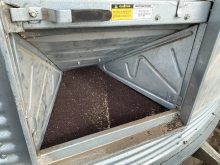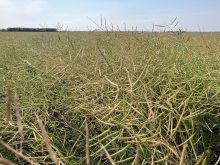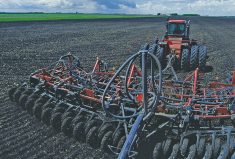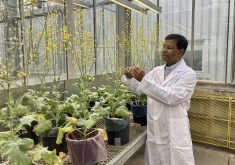Glacier FarmMedia – It’s often observed that from tiny acorns, mighty oaks grow.
Nowhere in the western Canadian agriculture scene is this truer than in the canola sector. When one pauses to reflect, one can only marvel at what has happened.
A relatively obscure crop, grown largely as a machine lubricant, was transformed into one of the primary economic engines of the region’s agriculture sector.
Read Also
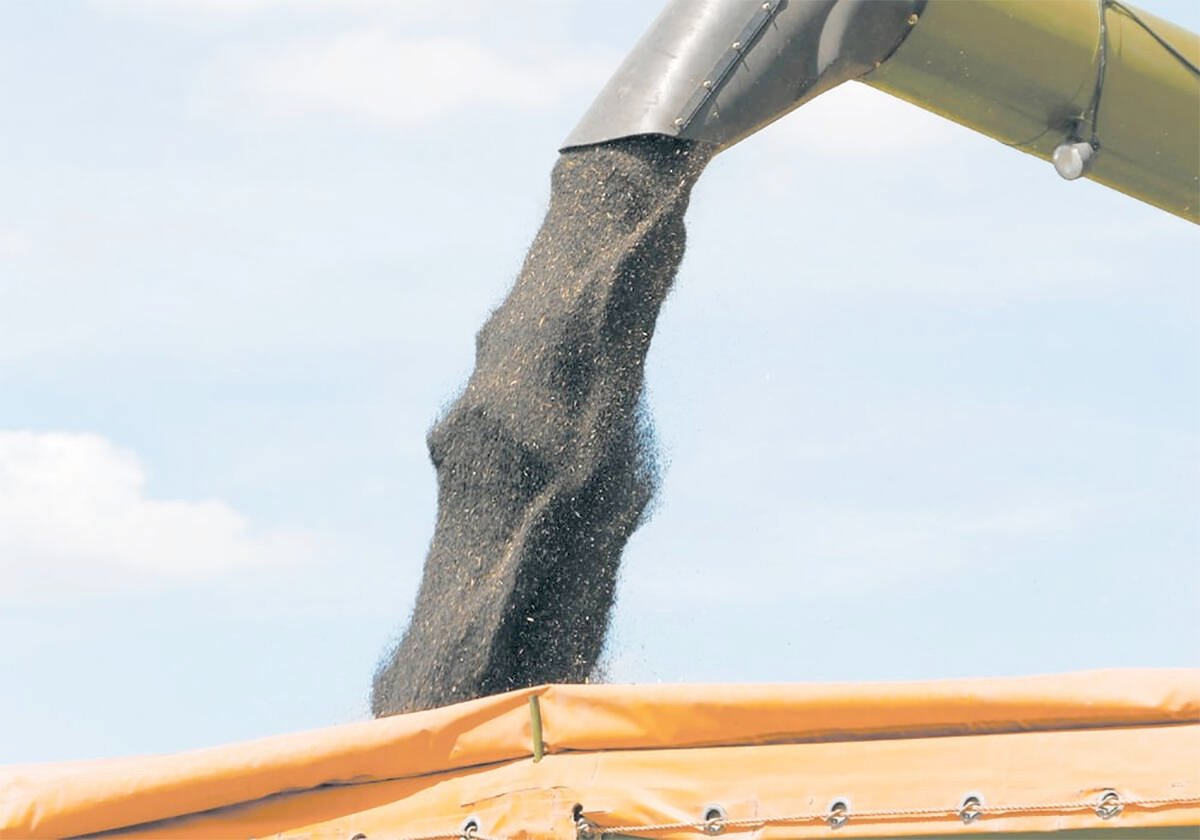
Advance payment changes still mostly in waiting
APP cash advances for 2025 included a credit-worthiness change for farmers, but another three recommended updates for the federal farm lending program are still in limbo.
Canola is estimated to add about $30 billion annually to Canada’s economy, a figure that’s sure to grow as more domestic processing capacity comes online along with new uses like biodiesel.
Key to this remarkable story is the work of two plant breeders at publicly funded universities: Keith Downey, a scientist from Agriculture and Agri-Food Canada Research Station on the University of Saskatchewan campus and the late Baldur Stefansson of the University of Manitoba.
They’re both often referred to individually as ‘the father of canola’, but the truth is that working jointly, both contributed to the plant breeding effort that transformed a lubricant into an edible oil.
Their challenge was to create a crop that produced an oil low in potentially harmful erucic acid and glucosinolates. These compounds restricted its use as a food oil and the resulting meal as animal feed.
Erucic acid was shown in laboratory studies to damage the hearts of test animals. It also imparted a bitter taste to the oil that made it unpalatable to some.
The glucosinolates made the meal equally unpalatable and are an “anti-nutritional,” according to available research. They block the uptake of certain nutrients and at high levels can interfere with internal organs such as the liver.
It was clear that changes were needed, and they happened quickly once the problem was first tackled in the early 1960s. By 1974, the project had already borne fruit with the release of the Tower canola variety from the University of Manitoba, which kicked off the industry we know today.
Canadian canola plantings reached just under 6.5 million acres by 1986, 13.2 million acres by 1995, and broke 20 million acres for the first time in 2012. It’s high-water mark, to date, is just over 23 million acres in 2017, according to figures from the Canola Council of Canada.
It’s unlikely that anyone with a cursory understanding of basic economics would seriously deride the investment of a few bucks into research for the canola sector today, but in the early years, it wasn’t a sure bet.
One early canola pioneer — though I hasten to add this is my only source for this tale — once told me a story of an opposition politician who held up a $30,000 study funded by the federal government into “variations in the oil profile of rapeseed” during a Parliamentary committee meeting as a prime example of ludicrous government spending.
No doubt the obscure crop with a funny name was an easy target. But if there’s truth to this rural legend, I’ll only note that a $30 billion industry that cost $30,000 to get up and running would equal an annual ROI of something in the neighbourhood of 99.99999 per cent annually.
For this reason, the recent investment by the federal government of a further $9 million to boost the already prosperous canola sector via a research cluster is likely a good move.
It’s never a good idea to rest on one’s laurels, and exciting new markets like biodiesel seem primed to grow quickly, even as new challenges like clubroot or climate change abound.
However, there’s another old adage that the agriculture sector and national policymakers should keep in mind: the sector can’t afford to put all its eggs in one basket.
Cereals, for example, remain an important part of rotations, but their productivity growth is lagging and investments aren’t being made by the private sector to develop new genetics.
While there’s a similar wheat cluster set to run from 2023 to 2028, this crop could arguably benefit from a bigger boost.
The pulse sector is another one that would benefit from a research boost. It’s also been a historical beneficiary of the research cluster policy and seems ready to kick off a new effort over a similar timeline.
A benefit of the cluster approach to research is the way it integrates both government and industry efforts — especially the research priorities of farmers and their sectoral groups.
But the real danger lurks in the unknown. If the cluster approach existed in the 1960s, it’s not entirely clear whether then-obscure canola would have made the cut.
Is there another crop like canola out there that holds rich potential but is being ignored because it is a small-acre crop with some issues that must be overcome?
– Gord Gilmour is Sr. Editor, News & National Affairs for Glacier FarmMedia.




